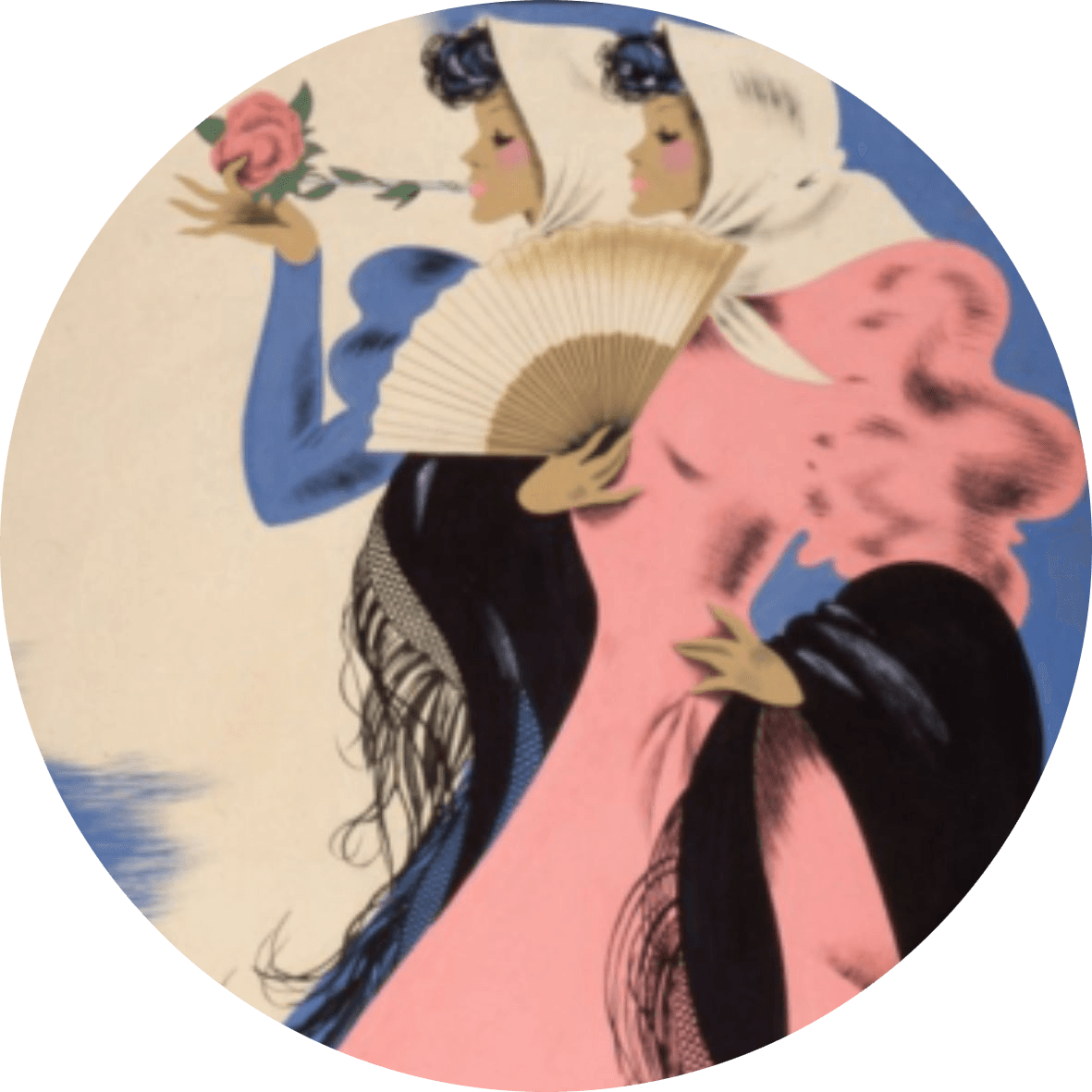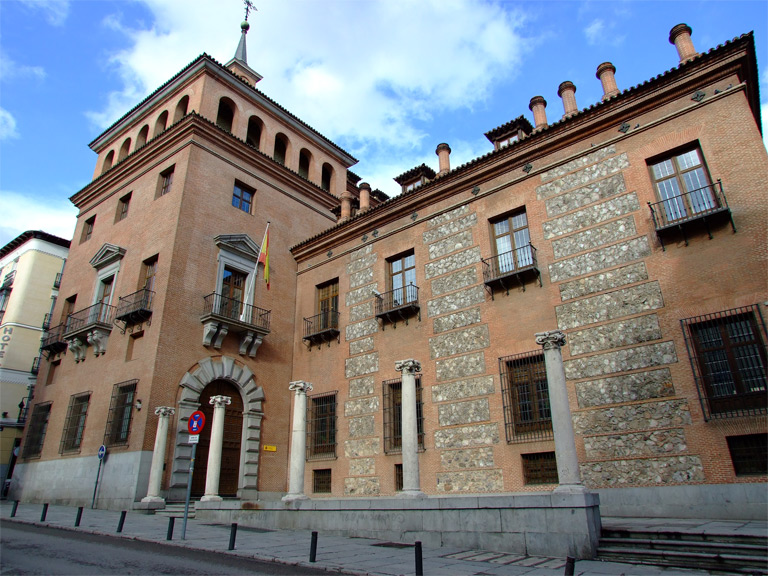The big news at The Making of Madrid is that there’s a new podcast in the works. When the project was conceived, the very first person I wanted to interview was historian Caroline Fish – not only because she was about to leave for the States but also because she’s such an engaging speaker. A Fulbright scholar researching the role of women in diplomacy in the Renaissance period, Caroline is full of fascinating insights into women and power in 16th-century Spain.

Our interview focussed on Juana of Austria, sister of Felipe II. A powerful woman in her own right, she became regent of Spain for five years before founding the Monasterio de las Descalzas Reales. Still a working convent and home to an impressive art collection, many people miss this little-known site off their itineraries so I thought that in the runup to the launch, I’d make a little post about the convent as a teaser for this episode.

A Royal Convent with Political and Religious Importance
Monasterio de las Descalzas Reales is not just any convent – it was founded in the mid-16th century by Juana of Austria, the sister of King Philip II. Juana purchased the palace that became part of the convent in 1554, a time when she held immense political power. As Caroline notes in the podcast, “She was taking advantage of this moment where she essentially had unlimited regental power to make a long-term political statement for the dynasty.”
Beyond its spiritual role, the convent became a vital expression of the dynasty’s religious image and long-term political aspirations. “Descalzas Reales is a royal convent,” Caroline explains, “which means it has a special significance to the royal family. It’s not just about religious devotion – it’s about venerating the monarchy that established it.”

Artistic Treasures within the Convent
Juana of Austria was an avid collector, and her private art collection, filled with religious paintings and portraits of family members, still graces the halls of Descalzas Reales today. As Caroline shares, “She had many paintings of religious significance, and they’re still there.” Among the pieces you can see are portraits of her sister Maria, her husband Maximilian, and various other Habsburg family members.

Later, Philip II’s daughter, Isabel Clara Eugenia, added to this treasure trove by commissioning a series of tapestries from Peter Paul Rubens. “She commissioned Rubens to create nine large tapestries, some 30 feet tall,” Caroline says. “And instead of keeping them, she sent them to Descalzas Reales as a gift, and they are still there.” The tapestries, like much of the convent’s artwork, reflect the deep connection between the royal family, religious devotion, and artistic patronage.
The Fascinating Architecture and Artwork
Visitors today can marvel at the artistic treasures that fill the convent – frescoes, tapestries, and portraits of the Habsburg family – many of which tell the story of the royal women who lived, prayed, and shaped history here. “It’s not just a convent,” Caroline explains, “it’s a political site, an intermeshing of religious significance with political significance.”

One of the architectural highlights is the grand entrance staircase adorned with frescoes. These frescoes, which span the walls and ceiling, reflect the continued patronage of later Habsburgs, including portraits of Philip IV, Queen Mariana of Austria, and Carlos II, added to reinforce the royal family’s presence and support of the convent.
Life Inside the Convent
Descalzas Reales wasn’t just a spiritual retreat, it was also a haven for noble and royal women. As Caroline explains, “A lot of the nuns were royal women, and when they entered the convent, they brought wealth with them, often using their dowries to improve the monastery.” This wealth allowed for the purchase of paintings and religious items that contributed to the convent’s artistic splendour.

Beyond material wealth, the convent was a centre of intellectual life. Caroline notes, “We have records of nuns who were poets, who wrote ecclesiastical texts, and who were patrons of art and thought.” Juana of Austria herself was a patron of various artists and thinkers, continuing her influence even from within the walls of the convent.
How to Visit This Hidden Gem
While the convent is now open to the public, visiting still requires careful planning, with limited tours conducted in Spanish and specific visiting hours. During a tour, you might hear the nuns singing during mass, an experience that transports you back in time. “It’s still a working convent,” Caroline adds, “so sometimes if you go, you can actually hear them in contemplation, and it’s beautiful.”
Join Me for a Deeper Dive into Descalzas Reales
Don’t miss the upcoming podcast, where Caroline Fish dives deeper into the history and legacy of this hidden gem, offering an unforgettable journey through Madrid’s royal and religious past. Whether you’re a history buff or simply looking for a unique cultural experience in Madrid, Monasterio de las Descalzas Reales is a must-visit destination. Tune in on October 14 to discover more!





